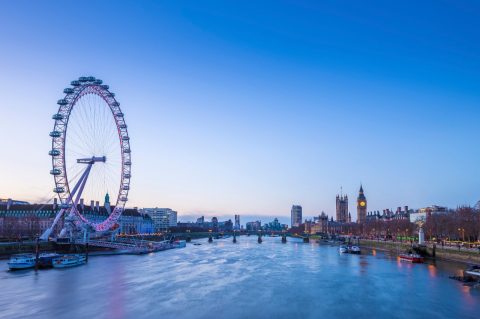Read Before You Leave – London
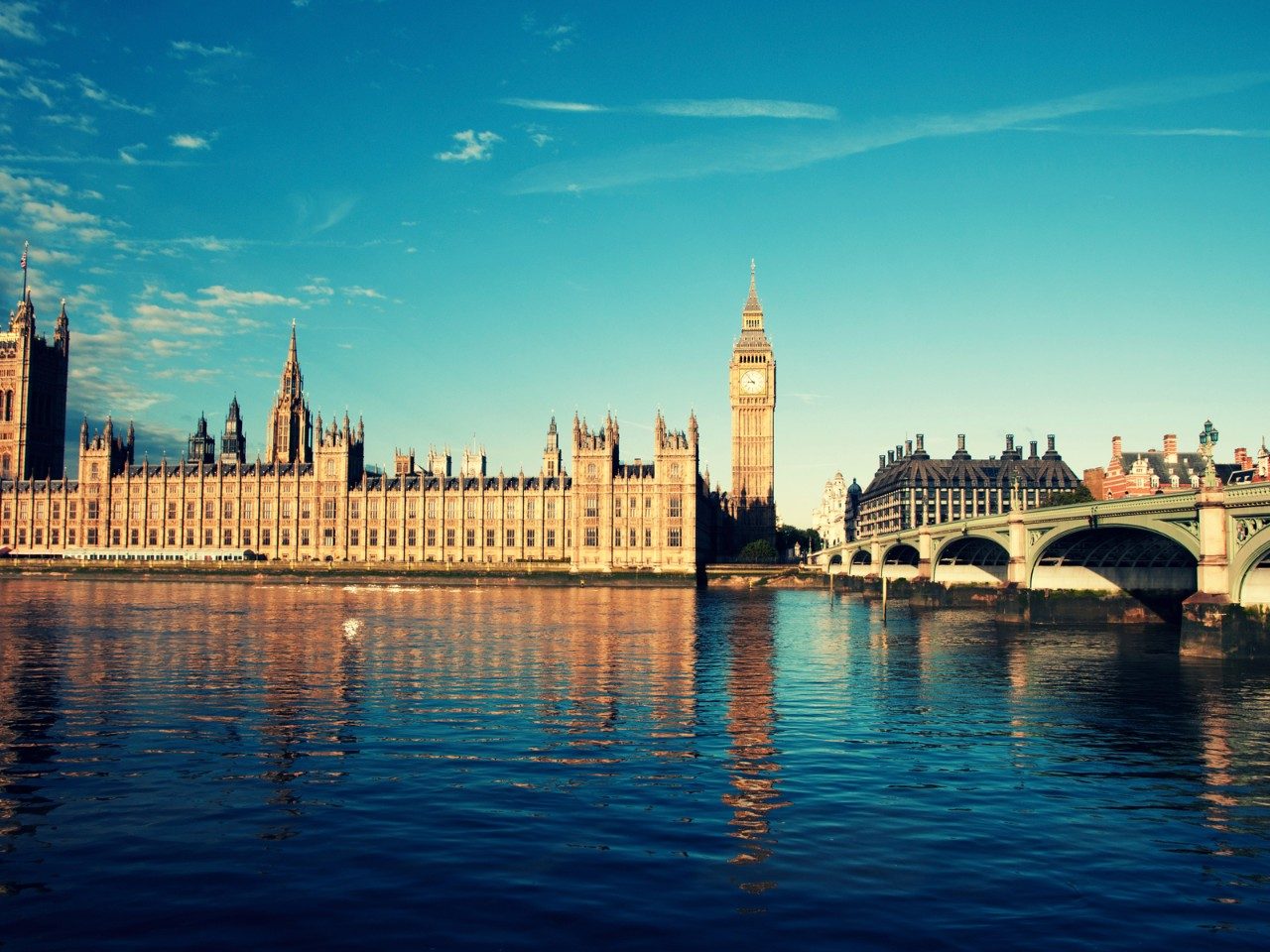
The United Kingdom’s capital has always been a drawcard for Australians intrigued by its history, enamoured of its buzzing energy and comforted by its many, many pubs. An ancient city – there has been human habitation on the site of London since before Roman times – it’s also a modern capital, a global leader in arts, finance and media and one of the world’s most visited cities. It’s familiar to Australians – who doesn’t know Big Ben, the Tower of London and those red double-decker buses? – but we’ve compiled a list of things you should know before you go.
Flight time
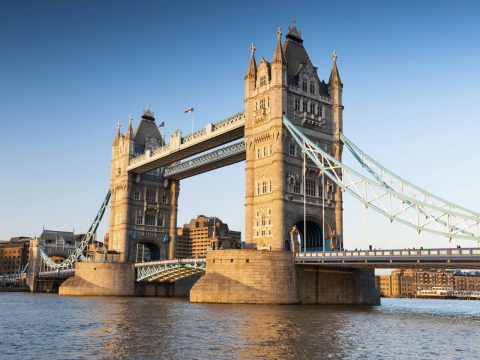
Start planning now
Qantas flights direct to London from Perth, and via Singapore from Sydney, Brisbane, Melbourne and Darwin, with a flight time of around 22 hours and 30 minutes from Sydney or 17 hours and 30 minutes from Perth.
Entering England
As of 8 January 2025, Australian adults and children visiting the UK for tourism, work, leisure or short-term study are required to obtain an Electronic Travel Authorisation (ETA). Those planning to stay longer than six months will need to apply for a visa. Australians can apply for an ETA through the UK ETA app or online. The ETA costs approximately AU$20 and takes about three days to process. Once approved, ETAs are valid for up to two years and tourists do not need to reapply for subsequent visits within that period.
Flying in to Heathrow International Airport
Heathrow is the second-busiest international airport in the world. Located 32 kilometres west of central London, Heathrow can be reached by the Heathrow Express train or the Piccadilly Line tube. The Heathrow Express train runs every 15 minutes between London and Paddington from 5.10am to 11.25pm and costs from £22 (about $41). The trip takes between 15 and 21 minutes.
The airport has three London Underground stations, one for Terminals 2 and 3 and one each at Terminal 4 and Terminal 5. A single adult fare into London costs £6 (about $11). The trip takes 45 to 65 minutes. Click here for the full timetable.
Gatwick and other airports
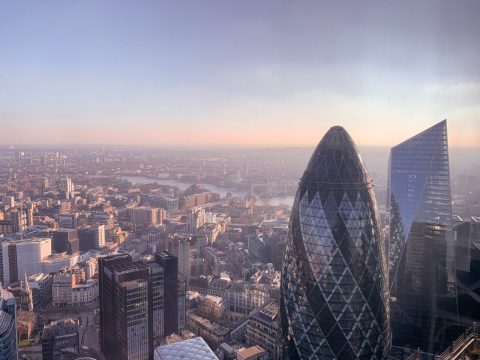
Only Heathrow sees more passengers than Gatwick Airport, which services international and domestic full-service, low-cost and charter flights. Located in West Sussex, the fastest way to get into central London is by the Gatwick Express (check in advance to confirm the service is running). It takes 30 minutes to get to London Victoria station (tickets from £19.50), while the Southern trains take at least 35 minutes and up to 50 minutes with tickets starting at £17.60. Thameslink & Great Northern also operate trains into several London stations, including St Pancras and London Bridge, taking between 30 and 45 minutes and costing about £12. Purchase tickets in advance to save on fares.
London City Airport services business and leisure destinations in Europe and is conveniently located close to the financial district – about 10 kilometres east of the City of London. The airport’s station, on the Docklands Light Railway line, connects with the Underground at Canning Town, taking about 7 minutes.
London Stansted Airport is a base for a number of major European low-cost carriers. You might land here when coming in from other European, Asian or African capitals. Stansted Express trains are the quickest and most direct way to travel between London Stansted Airport and the city. Services run every 30 minutes and take 50 minutes to reach London Liverpool Street.
Vaccine advice
There aren’t any specific vaccinations for the UK but make sure your basic vaccinations are up to date. Visit Travel Doctor for more information.
Legalities
- The legal drinking age is 18
- The emergency phone number is 999
The language barrier
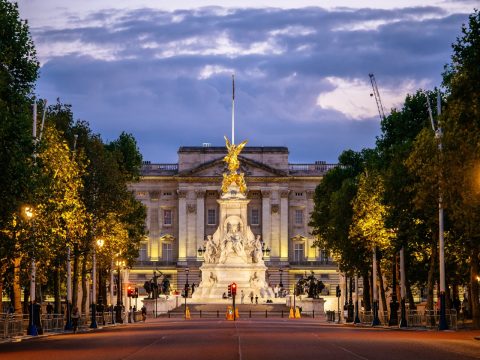
There is none, but brush up on your Cockney rhyming slang to really impress the locals – you’ll have a right bubble bath.
And learning how to pronounce the place names commonly mangled by tourists will help you pass as a local. Visiting the vibrant cinema district of Leicester Square? It’s pronounced “Less-ter” Square. For a taste of affluent Thames-side living, a visit to Chiswick is a must – but remember to call it “CHIZ-ick”. Home of London’s rich maritime history and the stunning Greenwich Park, the borough of Greenwich is pronounced “GREN-itch”. Home to the Tate Modern, Southwark is pronounced “SUTH-erk”.
Most tourists will traverse The Mall, a road joining Buckingham Palace with Trafalgar Square via Admiralty Arch. Most won’t know it’s pronounced “The Mal”.
SEE ALSO: A First Timer’s Guide to London
Transport tips
- London black cabs are famous; you should take a ride with one of the remarkable human GPS drivers, but remember: black cabs can be expensive. They’re metred but there are extra charges if you take one from Heathrow or book ahead.
- If you want a cheaper ride, try a ridesharing app like Uber or note down the number of your local minicab service. Click here to find your nearest licensed minicab company and book. Minicabs must be pre-ordered and they’re not metred, so ask how much the fare will be on the phone when you make a booking.
- The London Underground is extensive and easy to use once you get the hang of all those coloured lines on the map. Try to avoid travelling on the Tube (especially with your luggage) during rush hour – it will be squashy and your fellow commuters will not be pleased.
- You will need an Oyster card to ride the Tube and London buses – buy yours at Tube stations. Alternatively, order a Visitor Oyster card to be sent to your home address before your trip – it’s capped so you can travel as much as you like in a single day.
- Australians do not need an international driver’s licence to take to the roads in the UK.
Money matters
- At the time of writing the Australian dollar is buying £0.52 – check a reliable currency conversion service for up-to-date exchange rates.
- Check with your bank that you won’t be hit with extra fees when using your credit card in London. Your Australian bank and English ATMs will each charge you for withdrawing money from your debit card, too, so it might be worth organising a travel card (most banks have one) with low or no fees to use while you’re away. In any case, inform your bank of your travel plans, in case overseas purchases are misconstrued as fraud and your card is cancelled.
- Visa and Mastercard are accepted everywhere; you will be charged a conversion fee for every exchange.
- It’s customary to leave a tip in restaurants for great service – between 10 and 15 per cent is standard. Check the bill to ensure a service charge hasn’t already been applied – some restaurants will add gratuity to your bill, especially if you’re dining with a large group. Small tips for hotel porters and cleaning staff are welcomed. In black cabs and minicabs, passengers generally round up to the nearest pound, but if your driver has helped you with luggage you may wish to tip a little extra.
Etiquette
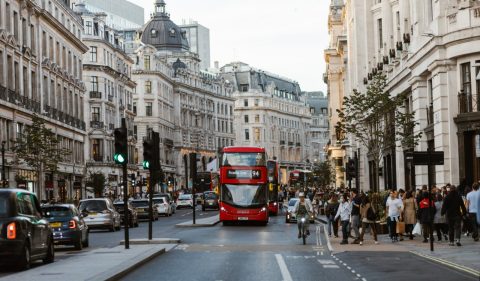
Always stand on the right on escalators to allow others to pass you by on the left on Underground escalators.
Weather wise
London isn’t as cold and miserable as ex-pats would have you believe – snow is rare and the temperature hardly gets below 0°C in winter. The main problem with London in the colder months is the limited amount of daylight – only about eight hours in midwinter.
When to go
The best time to go is undoubtedly summer – the sun shines (sometimes) and doesn’t set until after 9pm and the parks are in full bloom. Spring and autumn can also be great times to visit – being out of peak season means that accommodation and attractions can be cheaper, the weather is generally between 11°-15°C and the daylight hours are longer.
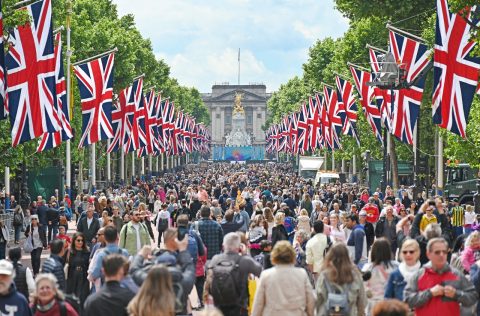
Spring is the perfect time to enjoy London’s famous parks and gardens. Have a picnic in Hyde Park by the Serpentine recreational lake or soak up the vibrant display of flowers at the UNESCO World Heritage-listed Kew Royal Botanic Gardens.
The unofficial start of summer in London, the Trooping the Colour ceremony has marked the official birthday of the British Sovereign for over 260 years. Held each June, the spectacular parade heads from Buckingham Palace down The Mall to Horse Guard's Parade, with members of the royal family on horseback and in carriages.
For a dose of good old-fashioned London fun, Bonfire Night is not to be missed. The highlight of the autumn calendar and otherwise known as Guy Fawkes Night, it’s when people in the UK commemorate the ill-fated plot to blow up the Houses of Parliament in 1605. Time your visit for 5 November for fireworks and fire festivals across the boroughs, with some of the best in Wimbledon Park and at Alexandra Palace.
London in winter is pretty chilly (the January average maximum is just 8°C), so it’s a good excuse to stay indoors and check out the incredible galleries and museums, including the British Museum (its permanent collection of eight million objects should take some time to get through) and the Victoria & Albert Museum for art and design.
Dress code
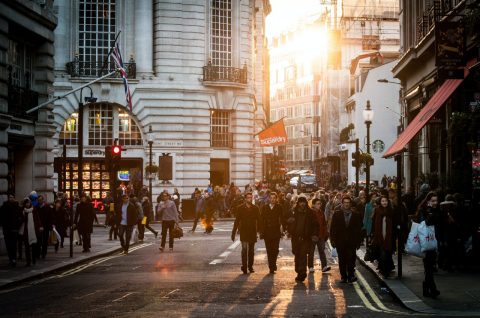
Anything goes in London town. The weather can be unpredictable, though, and yes, it probably will rain, so be prepared for all possibilities. Pack sunglasses and hats for summer, but also an umbrella or poncho and some sturdy, waterproof shoes.
Tap water
Tap water in London is safe to drink.
Scams
Just like in the days of Oliver Twist, pickpockets and bag-snatchers still exist. Take normal precautions in touristy areas and on crowded Tube carriages.
Insurance policy
Australia and the UK have a reciprocal agreement which means Australians are entitled to receive necessary medical treatment under the NHS. Australians aren’t required to enrol in the NHS but inform your doctor that you want to be treated as a NHS patient – you’ll need to show your Australian Medicare card. You will be covered for: medical treatment by a NHS GP; medical care in a public ward of a NHS hospital; ambulance; and subsidised prescription medicine. Smart Traveller recommends all visitors to England still take out travel insurance for overseas medical costs not covered by the NHS, including evacuation.
Where to stay
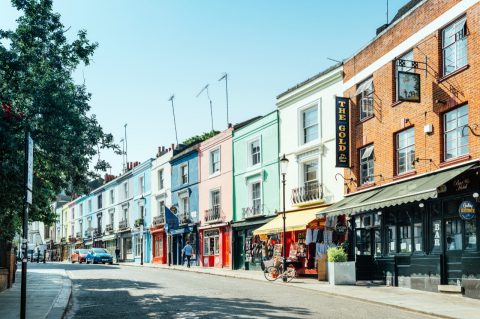
There are plenty of fantastic places to stay in London. It’s a big city, so there’s no way you’ll be able to see everything you want to without resorting to public transport or cabs, but if you base yourself somewhere close to the attractions you’re most interested in you will have more opportunity to walk.
- The West End takes in shopping along Oxford, Regent and Bond streets, the entertainment district around Leicester Square and Covent Garden and the city centre area within the City of Westminster.
- Live your Monopoly-board dreams in the stately surrounds of St James and Mayfair.
- Pretty Bloomsbury is close to the British Museum and bookstores.
- South Bank stretches between Westminster and London Bridges along the south side of the Thames. It’s close to the London Eye, Big Ben and the Houses of Parliament, Westminster Abbey and Trafalgar Square.
- Paddington and Marylebone are close to Hyde Park, Regent’s Park and Little Venice.
- Bayswater and Notting Hill are quieter and great for antique shopping and wandering.
- To the south of London is Brixton, rapidly gentrifying but full of interesting food and experiences.
- To the north-west, Shoreditch combines ultra-chic boutique hotels, bars and restaurants with grungy street art, including an original Banksy.
Phone calls and mobile data
Before you land, disable data roaming and don’t answer incoming calls on your mobile phone if you want to keep your monthly bill in check. Invest in a prepaid travel SIM card if keeping in touch with home is important (you can buy your international SIM before you leave Australia) or buy a local prepaid SIM card. Remember, this will only work if your phone is not locked to your Australian carrier.
Phone home
To call Australia, dial +61 followed by the phone number – including the area code minus the zero. So, to call a Sydney landline telephone, you would dial +61 2 then the phone number. To call a mobile phone, use the same country code and dial the mobile number minus the first zero.
Gadgets
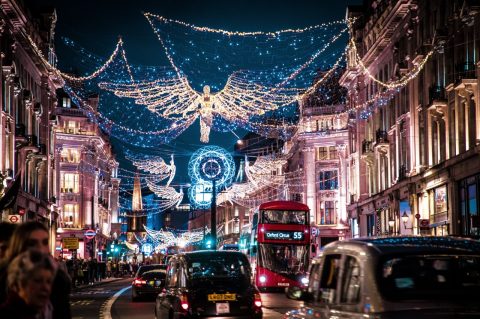
England has the same electricity frequency and voltage as Australia, so all gadgets and chargers should work without a problem. You will need a power adapter because the sockets and plugs are different to Australia’s.
Internet
Wi-Fi is readily available in many London cafes, fast food outlets and some public transport. There are also plenty of free public hotspots. Use a VPN to keep your data secure when using public networks.
Handy apps and websites
- Australian High Commission (embassy) in the UK for emergencies.
- The Heathrow Airport Guide provides flight and airport information.
- Transport for London has information on the Underground, buses, black cabs and minicabs.
- XE or Elk (iOS only) for currency conversion.
- Heathrow Express for the train timetable from the airport.
- Travel Doctor for pre-travel health advice.
- Smart Traveller for up-to-date safety information.
- Flush Toilet Finder for public toilet locations and reviews.
- TubeMap for navigating the London Underground.
